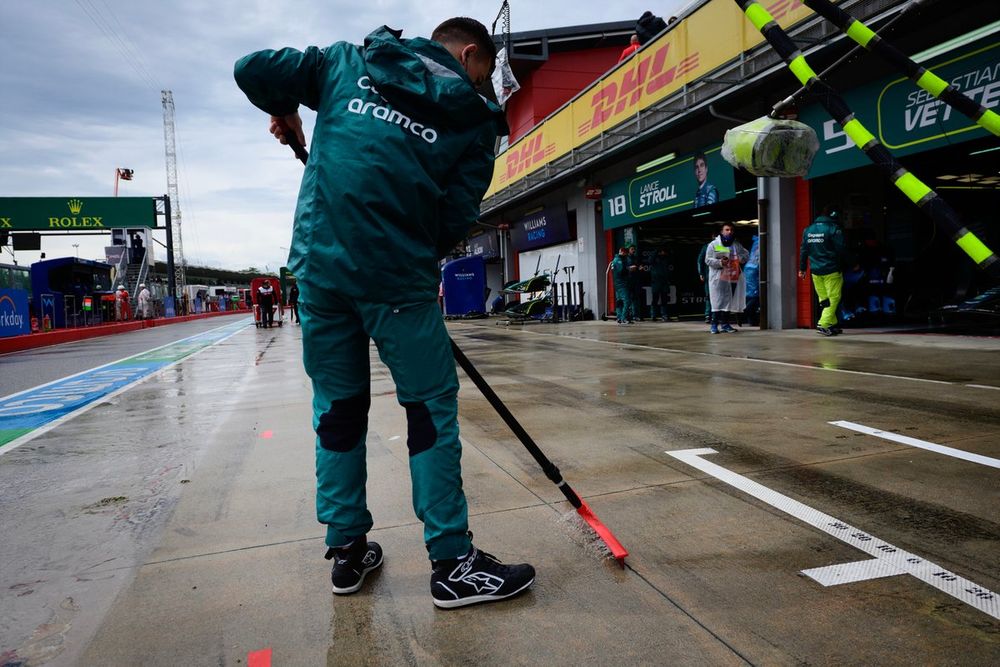With Italy already having faced a spell of adverse weather this month, which has triggered storms and floods, the situation has shown no sign of improving this week.
On Monday evening, things became more critical as the Department of Civil Protection issued a weather red alert for the Emilia-Romagna region, the location of the Imola circuit that will host this weekend’s F1 race.
The alert, which currently runs through Tuesday and Wednesday, warns of high winds, downpours and thunderstorms that pose the risk of flooding and damage to infrastructure, including the possibility of landslides.
The regional government has also warned that up to 100mm of rain could fall in the worst affected areas on Tuesday. By the end of Wednesday, it is anticipated that the average accumulation will be around 150 mm.
With severe risks of flooding, and following a meeting of the National Crisis Unit, local mayors were advised to close schools as well as roads that were at risk of being left under water. Citizens were advised to avoid travel as much as possible.
The difficult situation has inevitably opened up the risk of the Imola F1 weekend being impacted, either for spectators getting to and from the track, or even having some effect on the event running.
While the red alert status triggered speculation that the Emilia Romagna GP could even be cancelled, F1 sources are adamant that there is no concern about the event not going ahead. Teams and officials are travelling as planned.
Operational plans to cope with wet weather have been put in place, and race organisers are working hard to ensure that spectator facilities, including car parks, remain usable.

F1 itself is well versed in running events in bad weather, and this weekend’s race in Imola will see the debut of a new Pirelli rain tyre that does not need heating up beforehand.
Pirelli’s head of car racing and F1 Mario Isola said: “Track tests have shown even better performance than the previous Cinturato Blue full wet, even without the electric heating of the tyre.
“The result of studies carried out by Pirelli, it is the first concrete step towards the use of dry tyres without preheating.”







